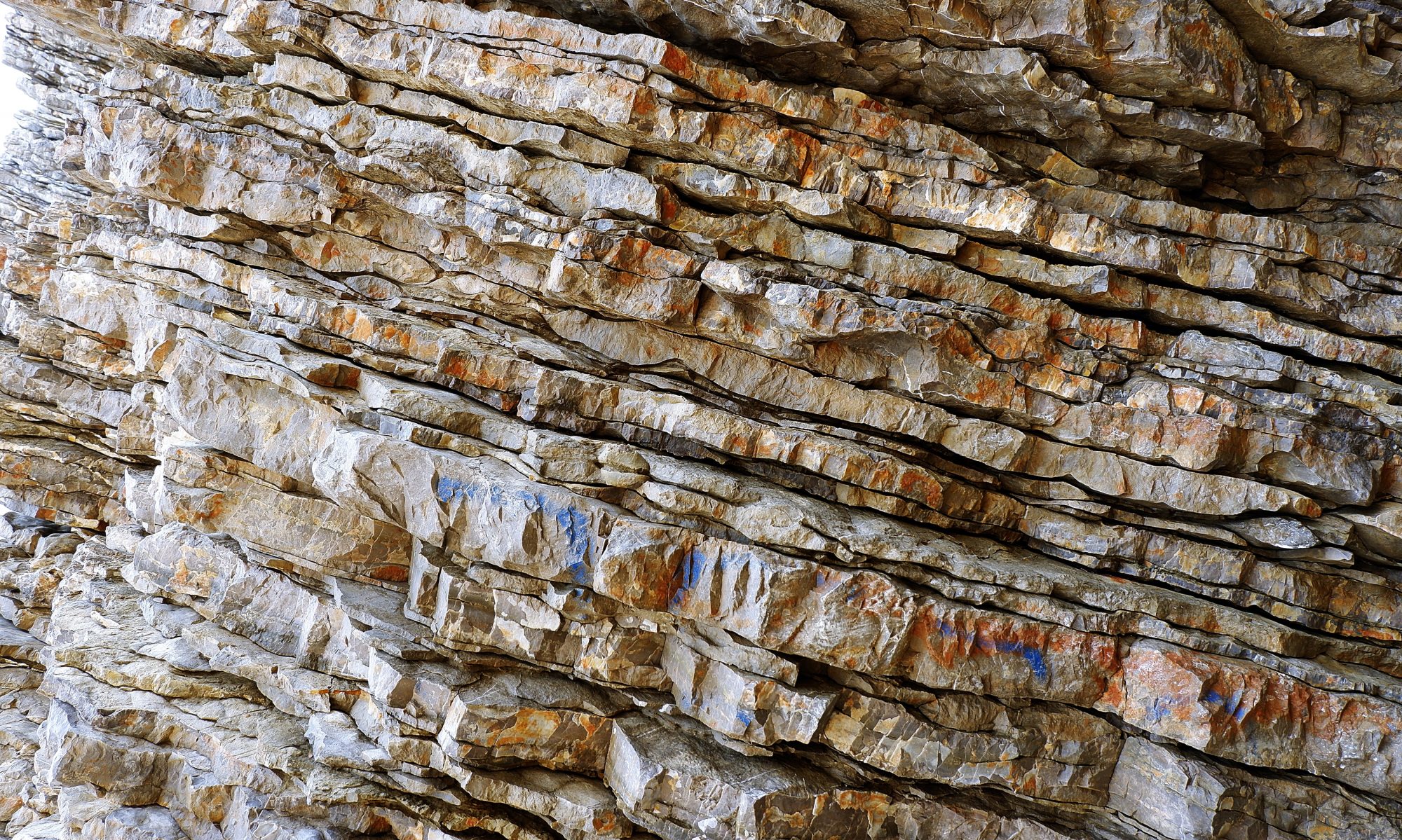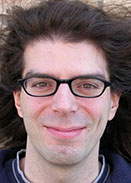The ISGS Luminescence Laboratory provides high-quality services that are applicable to a variety of questions in geology and archaeology. In particular, luminescence dating measures remnant energy present in quartz and potassium-rich feldspar minerals that are ubiquitous in most sediments.
This technique provides accurate measurements — ranging from a few years up to 100,000 years (for quartz) and 300,000 years (for K-feldspar) — to determine how long ago sediments were buried. It may also be used to determine the age of a manufactured object (such as clay pottery). The technique also can be applied to heated sediments (e.g. tephra).
Our Luminescence Laboratory is equipped for sample preparation and measurement and also handles dose rate measurement. The lab is calibrated against international standards and employs well-established quality assurance and control protocols to ensure data integrity.
In a geologic context, the OSL method is especially successful when applied to materials including eolian deposits (i.e., materials that have been deposited by wind), followed by marine beach deposits, shallow marine deposits, and river sediments. However, analytical success is highly dependent on sample collection techniques and before attempting sample collection, please contact our lab to ensure the proper techniques are used before sample collection. Site conditions will also affect the minimum and maximum age limits that can be estimated.
Luminescence dating should be viewed as a complement, not a substitute, to radiocarbon dating. OSL dating provides less precision, but is applicable almost everywhere in the environment and has a far greater age limit.
Visiting Research Scholar
Optically Stimulated Luminescence Dating Lab Manager
NRB 317
shuot@illinois.edu
217-300-2579
Measurement protocols: the S.A.R. (single aliquot regenerative dose protocol) is routinely employed to measure the luminescence response, from quartz and K-feldspar minerals.
The luminescence dating instruments are routinely calibrated against the Risø calibrated quartz. The high-resolution gamma spectrometer is routinely calibrated against four reference materials supplied by the IAEA (International Atomic Energy Agency; IAEA-385, IAEA-RGU-1, IAEA-RGTh-1, and IAEA-RGK-1).
For samples submitted to the lab for analysis, a detailed report is provided that describes how the samples were prepared, measured, and analyzed, along with analytical responses and calculated material ages.
Short-lived radionuclide dating
Short-lived radionuclides—such as lead 210, cesium 137, and beryllium 7—are useful for measuring burial ages covering the last century. This technique also can quantify modern sedimentary processes. It is usually applied in lacustrine environments but may also be used in fluvial deposits.
For beryllium 7, you must contact the lab before retrieving a sample due to its very short half-life (53 days).
Before mailing any samples, please contact the lab manager, Sebastien Huot, at shuot@illinois.edu, to discuss sample type, quantity, and analytical needs. Questions about sampling requirements can be found here. Upon agreement, complete and submit one sample submission form per sample. Shipments must include an inventory list of samples with the name and address of the shipper.
Samples can be mailed to:
Illinois State Geological Survey
ATTN: Sebastien Huot
615 E. Peabody Drive
Champaign, IL 61820
Specify if you wish samples to be returned to you. If so, include a FedEx or UPS account number in your correspondence. The quartz and feldspar minerals and the rest of the sample may be temporarily retained by the lab, however, we bear no responsibility for archiving your samples after results have been reported. Practically, we will generally retain submitted samples while there is available space in the lab.
Pricing
Please contact the lab manager, Sebastien Huot, at shuot@illinois.edu, for pricing information.
Billing and Payment
Invoices are generated and sent with analysis results. U of I researchers should specify U of I funds (i.e., CFOP) to be used for payment during sample submission.
External submitters should receive a UIUC Banner account prior to sample submission. The lab can assist in setting up a Banner account. Payment can be made online by going to https://go.illinois.edu/paygar and logging in with the UIUC Banner account number assigned to your department, group, or business. Please reference the invoice number during payment.
Payments can also be mailed to:
University of Illinois Payment Center
General A/R
28394 Network Place
Chicago, IL 60673‐1283
ISGS FEIN# 37-6000511
When making out your payment, please be sure to reference the invoice number, your UIUC Banner account number, and University of Illinois Fund number and make payable to University of Illinois, Fund 304203.
 Risø luminescence reader, TL-DA-20
Risø luminescence reader, TL-DA-20
- Blue and IR LED.
- Risø TL/OSL Reader TL-DA-20 Product Catalog.
 Lexsyg Smart – automated TL/OSL Reader
Lexsyg Smart – automated TL/OSL Reader
- Green and IR LED.
Canberra broad-energy high-purity germanium detector (BEGe)
- In a planar configuration.
- Shielded by an effective 15 cm layer of lead.


